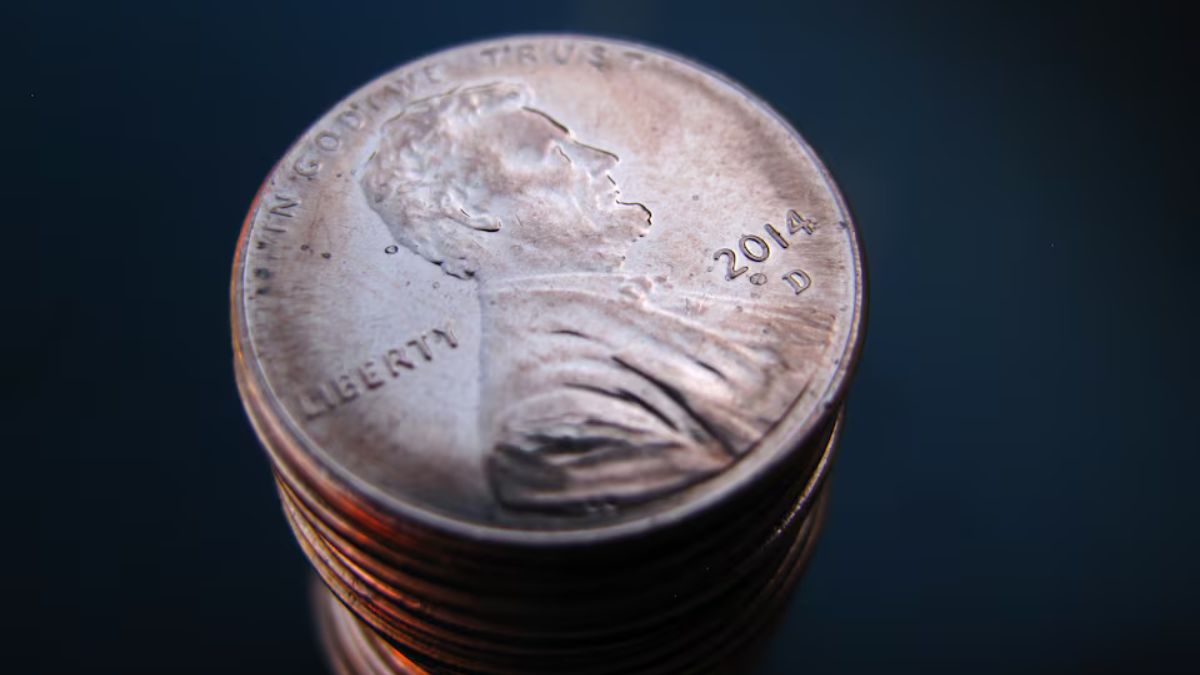US President Donald Trump has announced that the United States will stop minting one-cent coins, commonly known as pennies, in an effort to cut costs.
In a post on his Truth Social platform, Trump stated, “Let’s rip the waste out of our great nation’s budget, even if it’s a penny at a time.”
“For far too long the United States has minted pennies which literally cost us more than 2 cents. This is so wasteful!”
He described the move as a cost-cutting measure, directing US Treasury Secretary Scott Bessent to halt the production of new pennies.
The announcement comes after Elon Musk’s Department of Government Efficiency (DOGE) highlighted the high cost of minting the coin in a recent post on X.
The high cost of producing pennies
The debate over the cost and utility of pennies is not new. According to the US Mint’s 2024 annual report, each penny costs 3.69 cents to produce and distribute — over three times its face value.
The US Mint reported a loss of $85.3 million in the 2024 fiscal year due to penny production alone, as it manufactured nearly 3.2 billion pennies. The nickel, too, costs more than its value, with each five-cent coin costing 13.78 cents to produce, leading to a $17.7 million loss.
The production of pennies also has an environmental impact. The mining and processing of zinc and copper for the coin contribute to carbon emissions and pollution. Critics argue that eliminating the penny would reduce these effects while also improving efficiency in cash transactions.
A long-running debate
Discussions about eliminating the penny have persisted for decades.
In 2013, then-President Barack Obama noted, “Anytime we’re spending more money on something that people don’t actually use, that’s an example of something we should probably change.” Congress has considered multiple bills to either eliminate or change the composition of the penny, but none have been successful.
Historically, the US has removed lower-denomination coins before. In 1857, Congress discontinued the half-cent coin, deeming it no longer necessary.
Other nations, including Canada, Australia, and multiple European countries, have also phased out their lowest-value coins, citing similar concerns over cost and declining purchasing power.
Arguments For and Against eliminating the penny
Supporters of eliminating the penny argue that it is outdated and impractical. Economist N Gregory Mankiw, quoted by Time, previously wrote that the coin no longer serves a useful function: “The purpose of the monetary system is to facilitate exchange, but I have to acknowledge that the penny no longer serves that purpose.”
Harvard economist Philip N Diehl pointed out that the value of a penny has shrunk to the extent that stopping to pick one up may cost more in lost productivity than the penny itself is worth.
On the other hand, advocacy groups such as Americans for Common Cents argue that eliminating the penny would lead to unintended consequences. They claim that rounding transactions to the nearest nickel could increase prices, disproportionately affecting lower-income consumers who rely more on cash transactions.
Studies have shown that similar moves in other countries have led to small but noticeable “rounding taxes.” Furthermore, the elimination of pennies would likely require an increase in nickel production, which is already costly.
What is next?
One uncertainty surrounding Trump’s directive is whether he has the authority to unilaterally halt penny production. While the Treasury Secretary oversees the US Mint, discontinuing a coin’s circulation typically requires congressional approval.
Previous efforts to legislate the penny’s elimination have failed, making it unclear whether Trump’s directive will result in immediate changes.
Even if Congress supports the move, lawmakers may need to pass legislation to regulate cash transactions that are not evenly divisible by five cents.
Various proposals over the years have suggested rounding up or down to the nearest nickel, though such measures have faced opposition from consumer groups.
With Republicans controlling both chambers, there may be a greater likelihood of legislative action to formally discontinue the penny.
With inputs from agencies
)